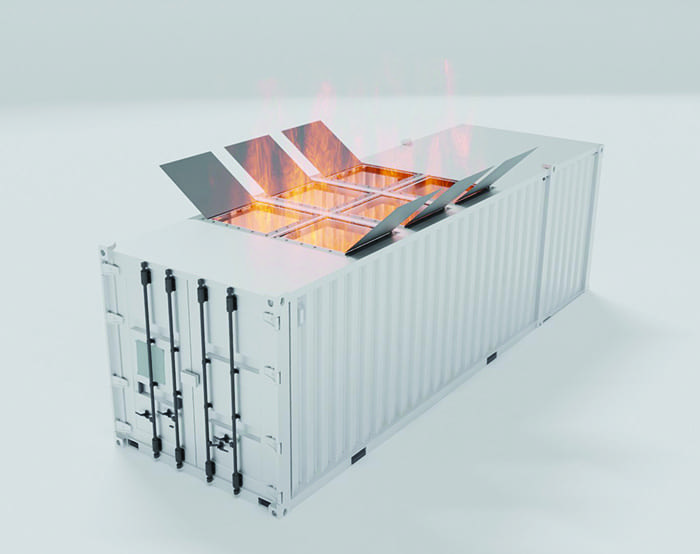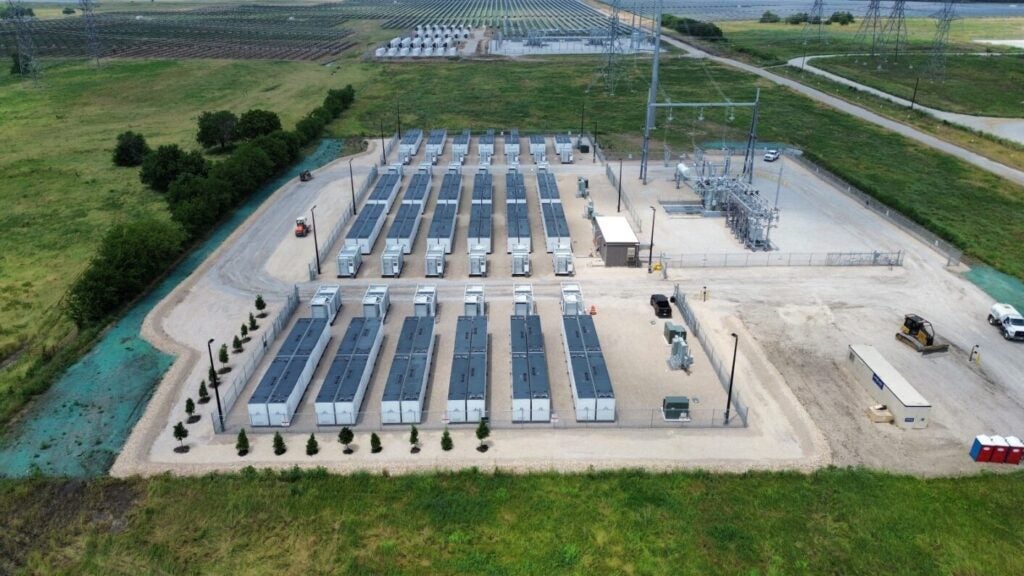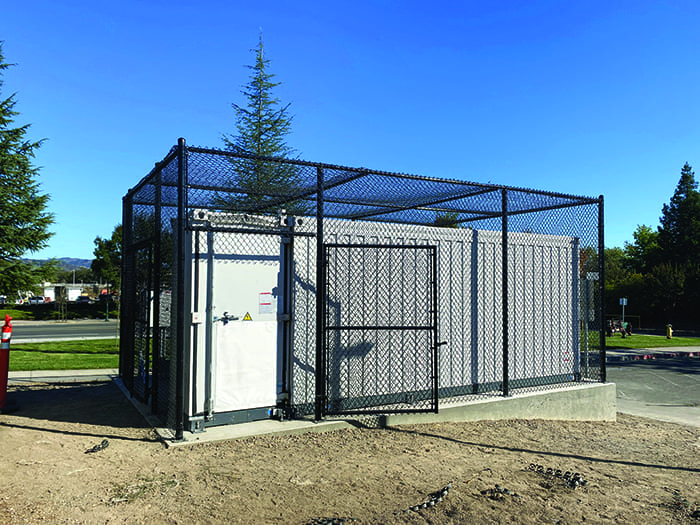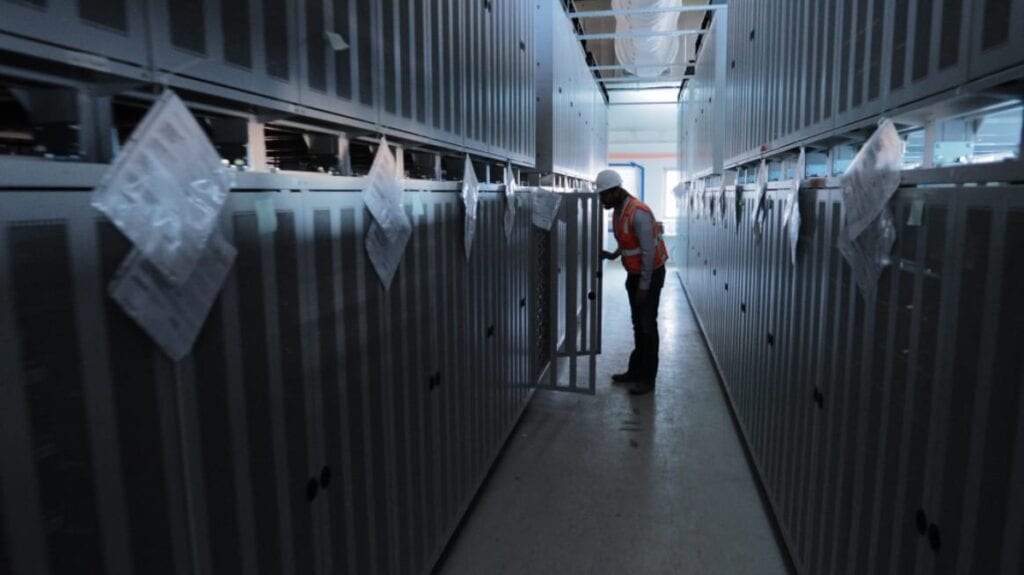Battery energy storage systems (BESS) have emerged as a crucial technology for storing and dispatching energy when needed. However, the rapid expansion of BESS has been accompanied by safety and risk management challenges. Most BESS units use lithium-ion batteries, which require particular care to avoid fire concerns.
Though lithium-ion BESS is overall a safe and stable storage technology, early high-profile fires and the unique nature of lithium fires create risk for insurers, in turn raising the cost of BESS installs. BESS units for commercial and industrial applications are typically located near commercial buildings, and with insurers wary of the safety concerns around lithium batteries, those concerns end up being passed down to C&I building owners in the form of higher premiums.
An easily deployed solution is battery analytics software. Battery analytics can reduce risks, improve the safety of BESS projects, and enable improved insurance terms and conditions for asset owners, investors, and lenders.
Industry Challenges
As necessary as battery storage is, it’s also a highly complex ecosystem that requires close monitoring. Within a BESS container, battery cells, modules, inverters, and other hardware interact with the grid and energy sources, meaning that storage needs to be carefully designed, monitored, and optimized. Due to the use of these various components, and the risk of any one of them causing the entire system to fail, ensuring system safety is a major concern for operators, especially following high-profile incidents of lithium-ion batteries burning for extended periods.
One of the most notable risks, and the one that has generated the most attention, is thermal runaway—a process where a battery’s internal failure triggers a self-sustaining rise in temperature, leading to fires, explosions, or complete system failure. A spate of thermal runaway losses in early BESS projects, followed by rapid growth in BESS installations, has left insurers carrying losses and with no clear pathway to future risk mitigation. Even though modern BESS projects incorporate a bevy of safety features, early losses caused insurers to view BESS as creating a higher risk of property damage, an image that has not gone away despite safety advances.
In BESS, thermal runaway incidents can be grouped into three categories, including cell defects, misconfiguration or sub-optimal construction of the balance of plant, and inaccurate controls and communications. While these root causes have varying degrees of controllability, the one thing they all exhibit is early warning signs that precede problems. Continuous monitoring is the key to detecting these signals. Without clear, reliable data on how BESS systems behave under various conditions, insurers are reluctant to underwrite new projects and offer prohibitively expensive terms.
Improving a Failure-Prone Control System
In a recent joint study, EPRI, PNNL, and TWAICE analyzed incidents in the Electric Power Research Institute (EPRI) thermal runaway event failure database. The study concluded that industry efforts to improve BESS safety during a period of rapid deployment expansion have led to a sharp decrease in the failure rate, but areas of needed improvement remain.
While the likelihood of a thermal runaway incident has decreased by 97% since 2018 (as a number per installed gigawatt rate), the severity of a thermal runaway incident remains high – as does the amount of damage that could be caused by it. For insurers, a burnt-out unit, its removal, a replacement, and any associated lost revenue means a claim in the millions. If there is a cascading event, the claim multiplies.
The key to avoiding these costly claims is catching issues before the battery is even operational, which is something analytics can help with, especially as a thermal runaway is most likely to occur during integration, assembly, and construction. Advanced analytics can help in identifying and mitigating issues during these commissioning stages when interfaces between components are first tested. In doing so, analytics can help operators resolve an issue at its source before it leads to thermal runaway, as battery analytics autonomously detect anomalies that could lead to fire-inducing malfunctions. The software also makes it easy for operators to monitor and evaluate detected incidents by alerting the user via a dashboard. The alerts offer granular details so engineers know exactly what they should check, such as if the system is operating beyond safe temperatures.
Enabling Improved Insurance Terms
The impact of battery analytics on risk reduction has direct implications for insurance underwriting. With continuous data monitoring and advanced risk detection in place, insurers can more accurately assess the risk profile of a BESS project. This level of transparency and control makes it possible for insurers to offer improved coverage terms to asset owners. With reduced risk comes the opportunity for lower premiums and broader coverage options.
By implementing battery analytics, project risks are reduced, enabling improved insurance terms from underwriters. For battery operators it means that insurance will be a less prohibitive factor in deciding to install energy storage, ultimately ensuring that risk aversion need not slow the clean energy transition.
—Lennart Hinrichs is executive vice president and general manager Americas at TWAICE.




















